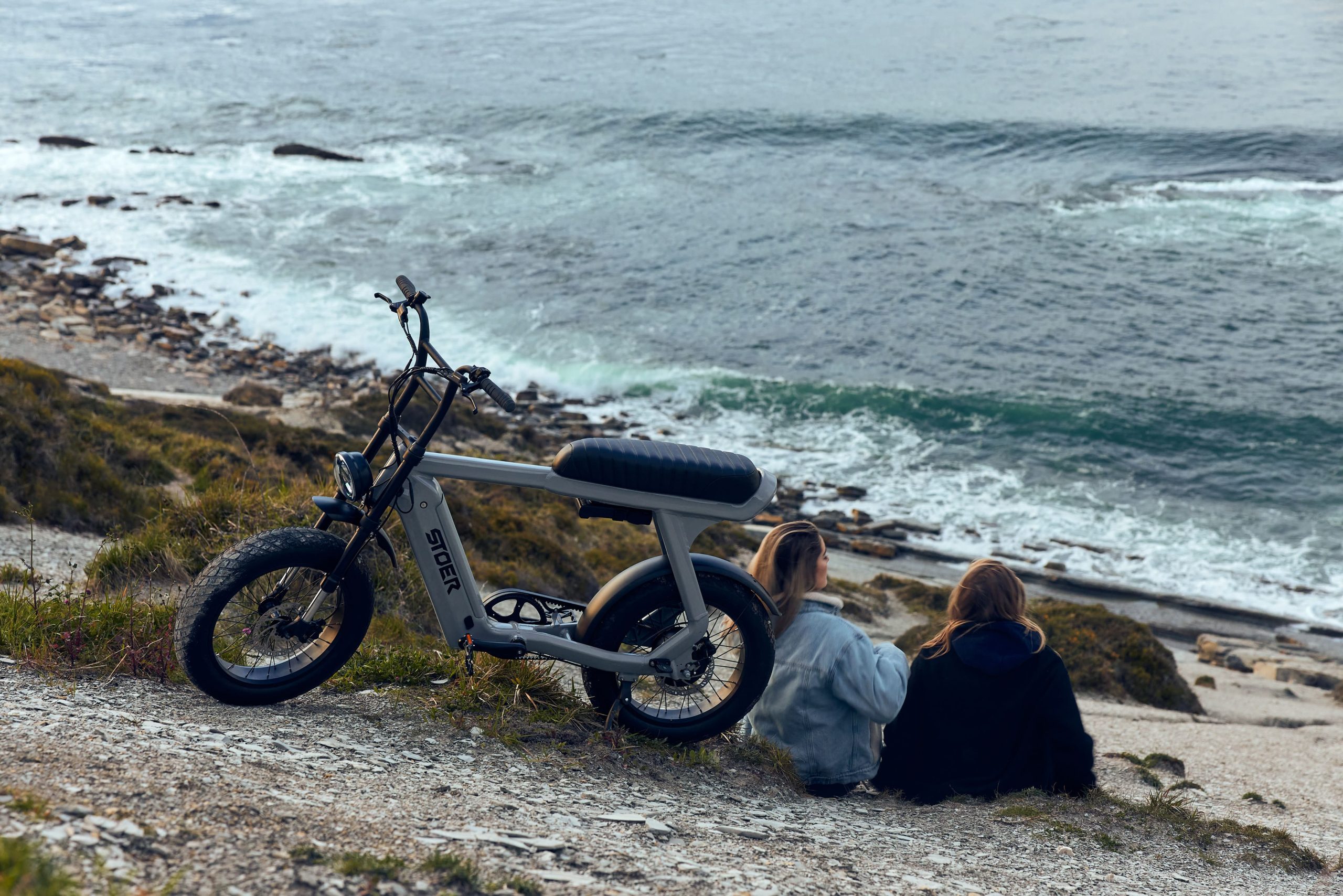Fatbikes have become hugely popular in the Netherlands in recent years because of their ability to tackle terrains where traditional bikes cannot. But before you hit the trails, it's important to understand what the rules are regarding fatbike use. We examine the regulations surrounding fatbikes for you, including where you can ride them, possible restrictions and important safety regulations in the Netherlands.
Rules and regulations regarding fatbikes, what do you need to know?
The main points of this article:
- Are fatbikes legal?
Fatbikes are legal in the Netherlands and increasingly popular. They are designed for extreme conditions but are also widely used for recreational cycling in various terrains. Dutch laws allow fatbikes on public roads and bike paths, allowing cyclists to enjoy adventurous rides through diverse landscapes while abiding by traffic rules. - The rules regarding a fatbike
In the Netherlands, rules apply to fatbike riders, such as obeying traffic regulations and having lights and reflectors for safety at night. Fatbikes may only be used on bike paths and roads, and respect for fellow users and nature is essential. As long as these rules are followed, fatbike riders can enjoy their adventurous rides. - The maximum speed of a fatbike
In the Netherlands, fatbikes are allowed to travel a maximum of 25 km/h on bike paths and roads to ensure safety. They are not allowed to be souped up for higher speeds, ensuring an even cycling environment. - Throttles prohibited for on a fatbike
In the Netherlands, throttle controls are prohibited on fatbikes. They must have a pedal assist system that works only when the cyclist is pedaling, to meet European requirements for pedelecs and to avoid confusion with mopeds or snorfietsen. This ensures that fatbikes are treated in the same way as conventional bikes, promoting safety. - STOER Bike meets all the requirements!
STOER Bikes offers several bike models that comply with Dutch laws for electric bikes. With a max speed of 25 km/h, no possibility of boosting and no throttle, they meet the legal requirements. The various models offer choice for different users and are designed for comfort, performance and durability.

Are fatbikes legal?
Fatbikes are legal to use in the Netherlands, and they have become increasingly popular because of their versatility and unique design. These bikes with their wide tires were originally designed for use in extreme conditions, such as snow, sand or mud. However, more and more people are discovering the benefits of fatbikes for recreational use, both on paved and unpaved trails.
Dutch law allows the use of fatbikes on public roads and bike paths, leaving cyclists free to enjoy adventurous rides through different landscapes. From the dunes along the coast to the vast forests inland, fatbike riders have the opportunity to explore new areas and enjoy the unique riding pleasure these bikes offer, while adhering to applicable traffic regulations.
The rules regarding a fatbike
In the Netherlands, there are some rules that fatbike riders must comply with. Fatbikes are considered regular bikes, which means they are subject to the same traffic rules as other bicycles:
- Traffic regulations: Fatbikes are considered regular bicycles, which means they are subject to the same traffic regulations as other bicycles. This means that fatbike riders must abide by the maximum speed limits on bike paths and public roads.
- Lights and reflectors: Fatbikes should have the necessary lights and reflectors when used at night, just like regular bikes. This provides visibility and increases safety for the cyclist and other road users.
- Use of trails: Although fatbikes are suitable for various terrains, they should not be used on footpaths or hiking trails unless specifically permitted. It is important to choose appropriate trails and respect designated routes.
- Respect for fellow users: It is essential to show consideration for other users of the bike path and respect for nature when exploring off-road trails. Fatbike riders should avoid other cyclists, walkers and animals and use caution to minimize disturbance to nature.
In general, the Dutch rules allow fatbike riders the freedom to enjoy their adventurous rides as long as they are aware of their responsibilities and follow the applicable regulations.
The maximum speed of a fatbike
In the Netherlands, fatbikes have a maximum speed of 25 km/h. This means that fatbike riders must adhere to this limit when riding on bike paths and public roads. This limit is designed to ensure the safety of both the cyclist and other road users. Although fatbikes can have powerful electric motors, they must be limited to this speed to comply with the Dutch legislation for electric bikes. In addition, it is not allowed to boost the fatbike to reach higher speeds. This rule also helps maintain an equal cycling environment, where fatbikes are at similar speeds to conventional bikes.

Throttles prohibited for on a fatbike
In the Netherlands, throttles on fatbikes are prohibited. This means that fatbikes used as electric bikes must be equipped with a pedal assist system that is active only when the cyclist is pedaling. The use of a throttle, which allows the bike to be driven without pedaling, is not allowed under Dutch electric bike legislation. This rule was put in place to ensure that electric bicycles, including fatbikes, meet European requirements for pedelecs and do not become mopeds or mopeds. The goal is to maintain safe and consistent regulations for pedelecs, treating them the same as conventional bikes in terms of speed and use.
STOER Bike meets all the requirements!
STOER Bikes offers a range of bicycle models that all comply with Dutch legislation. With an accessible design suitable for everyone, even for rides on the fatbike with two people , these bikes are ideal for different needs and situations. Whether for urban exploration, commuting or recreational riding, STOER Bikes offers options to suit a variety of users.
With a maximum speed of 25 km/h, the bikes are in line with the Dutch regulations for electric bikes, allowing them to be used without registration and insurance, should you wish to use insurance you can opt for STOOD Insured. In addition, the bikes cannot be boosted, promoting safety and compliance with laws. The lack of a throttle emphasizes their character as pedal-assisted bikes, making them fit perfectly within the legal definition of electric bikes in the Netherlands.
STOER Bikes' various models offer choices for various user preferences, including frame styles, seating positions and accessories. Each model is carefully designed with attention to comfort, performance and durability so users can enjoy reliable and enjoyable rides in a variety of conditions. With their contemporary design and reliable performance, STOER Bikes are an ideal choice for cyclists looking for quality, comfort and compliance.